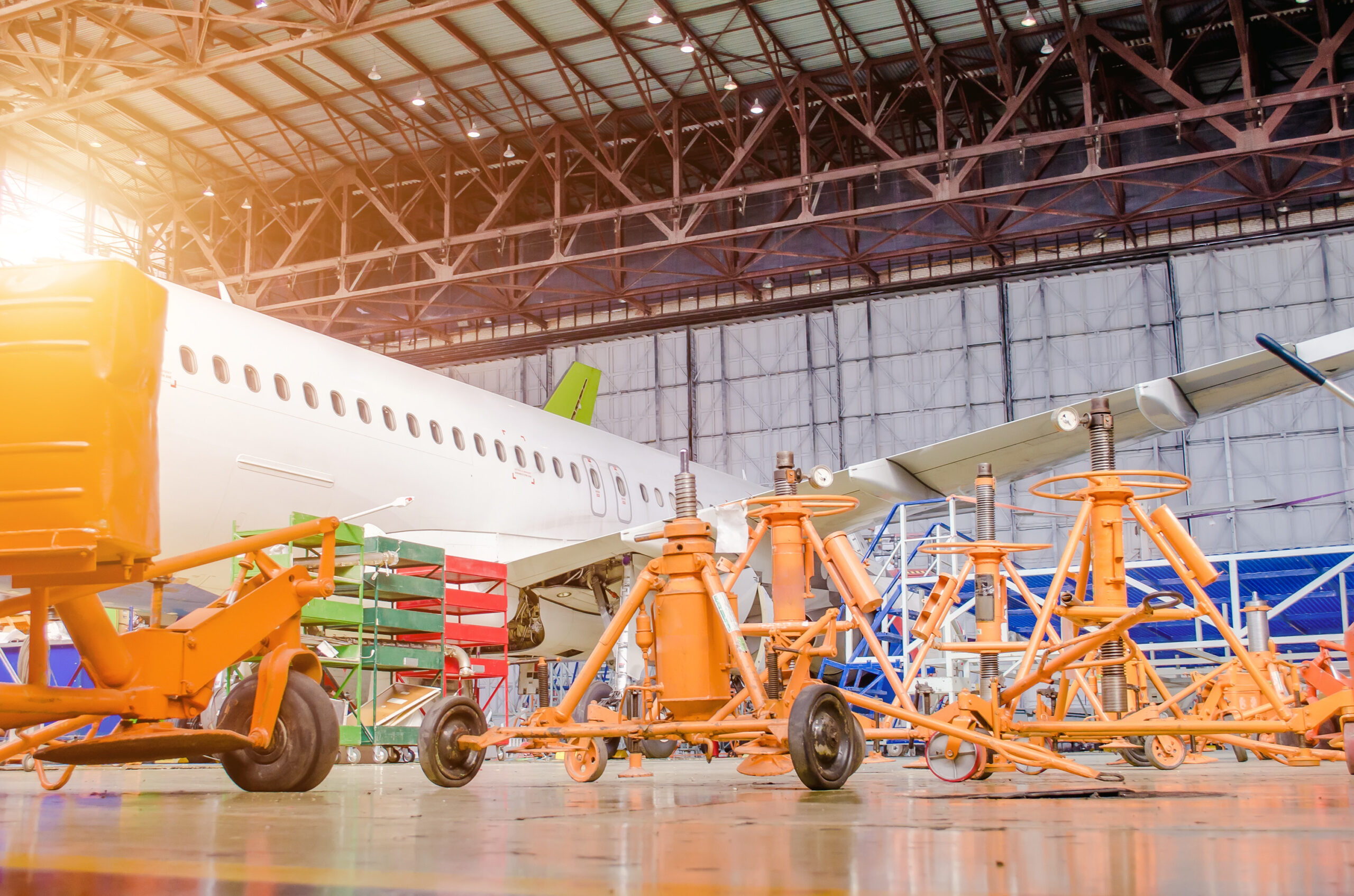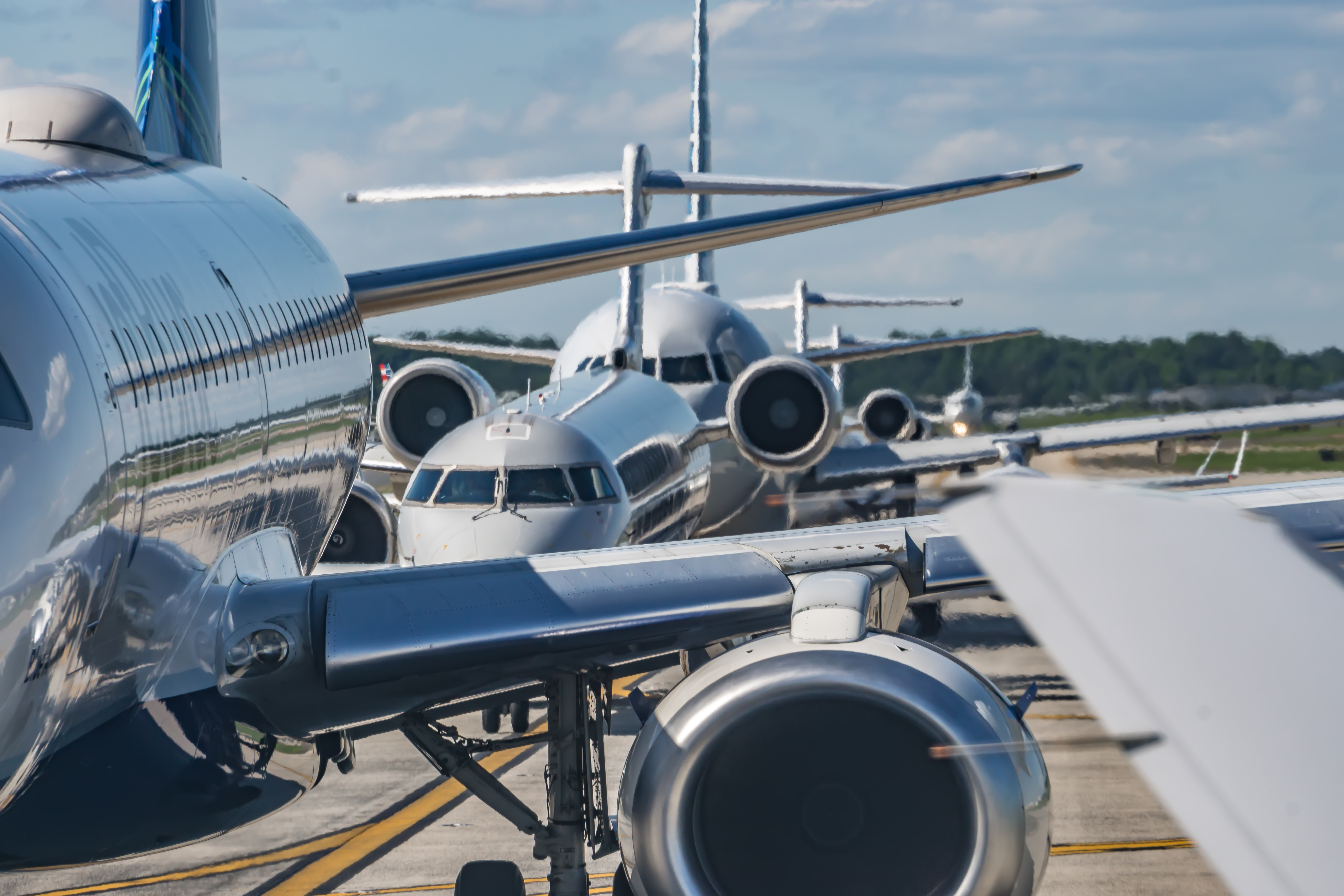The aviation sector is beginning to recover from the COVID-19 crisis, with the world gradually emerging from a pandemic, manufacturers are scrambling to secure raw materials to meet demand, which affect the whole chain, down to aviation suppliers. Unfortunately, for many manufacturers, growth is being held up by record supply chain delays. New orders are running ahead of production at the high rate.
The slowdown of the supply chain in industries around the globe is now impacting the aviation industry. Critical parts such as spark plugs and oil filters now after seeing the beginning of a shortage and significant price increases in these and other key supplies over the past several months. Further, the parts shortage is requiring additional time, given the extra effort needed to regularly check tracking numbers for parts and keeping an eye on inventory in general.
The traffic is expected to rebound earliest for single-aisle planes, typically used for domestic or regional flights. The market for civilian aircraft in this segment could return to pre-pandemic levels as early as 2023 according to Airbus. The aerospace group is urging suppliers to be ready for a sharp ramp up of production — particularly in the A320 family. This model represents the mass of its business, responsible for around 80% of both its 566 aircraft deliveries last year as well as its 7,000-strong order book for planes.
In this segment, output is expected to grow from 45 planes per month in the final quarter of this year to what Airbus calls a “firm rate” of 64 by the second quarter of 2023. The company also wants suppliers to be prepared for a pace of 70 per month at the start of 2024, rising to as much as 75 by the following year, although there is more uncertainty around these estimates the further out they go.
Yet, there is one certainty that OEMs, MROs, aviation suppliers, and USM players can 100 percent rely on — and hopefully plan for. As flying re-starts, airlines will be laser-focused on lower material costs. With USM an increasingly acceptable lower cost alternative to new OEM parts, demand in that market should be expected to be very strong. This may necessitate securing the right partnerships now to meet the inevitable future demand. In the near term, the importance of being a “smart buyer” or “smart seller” and having the necessary technical expertise will never be higher.



